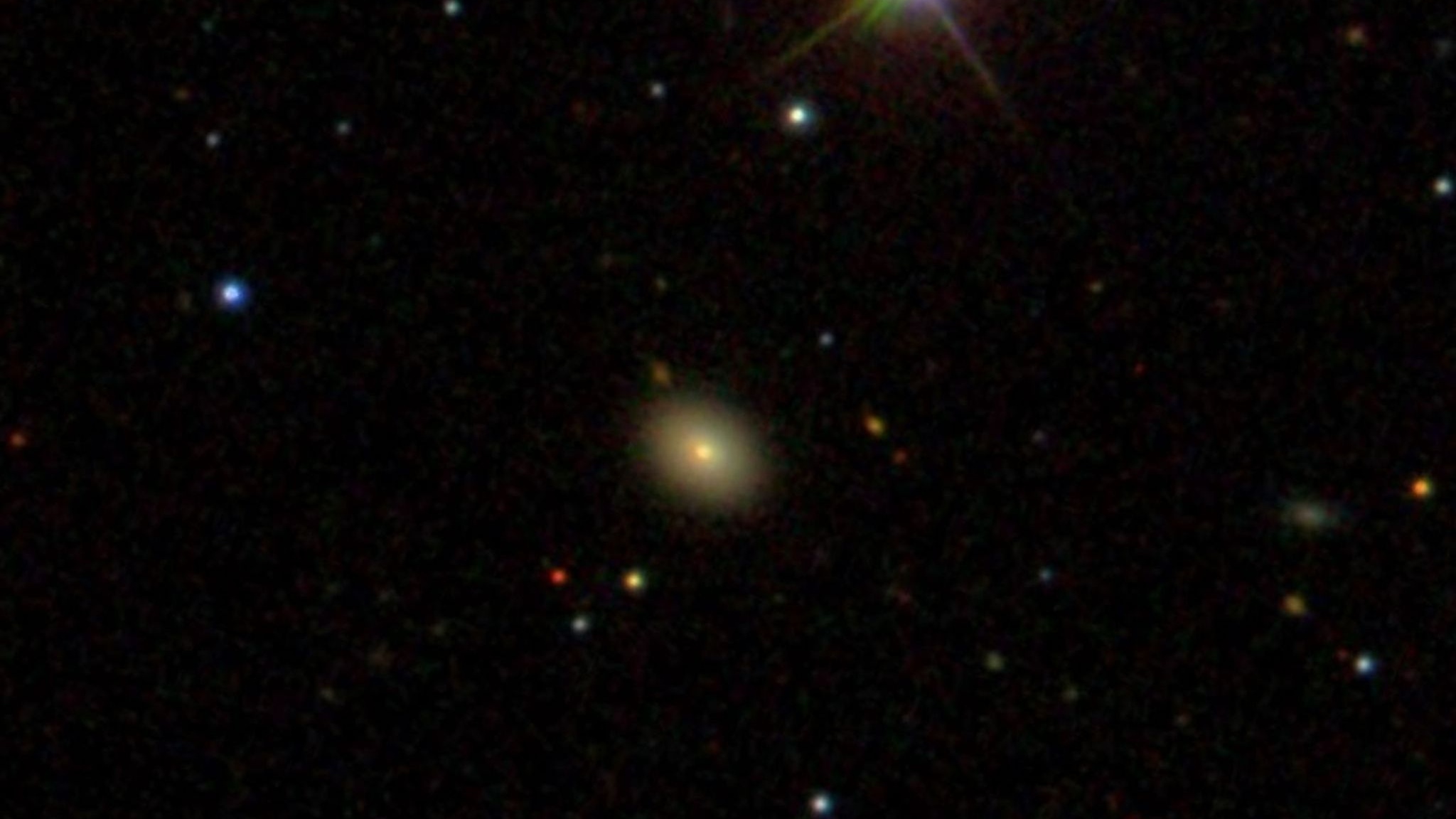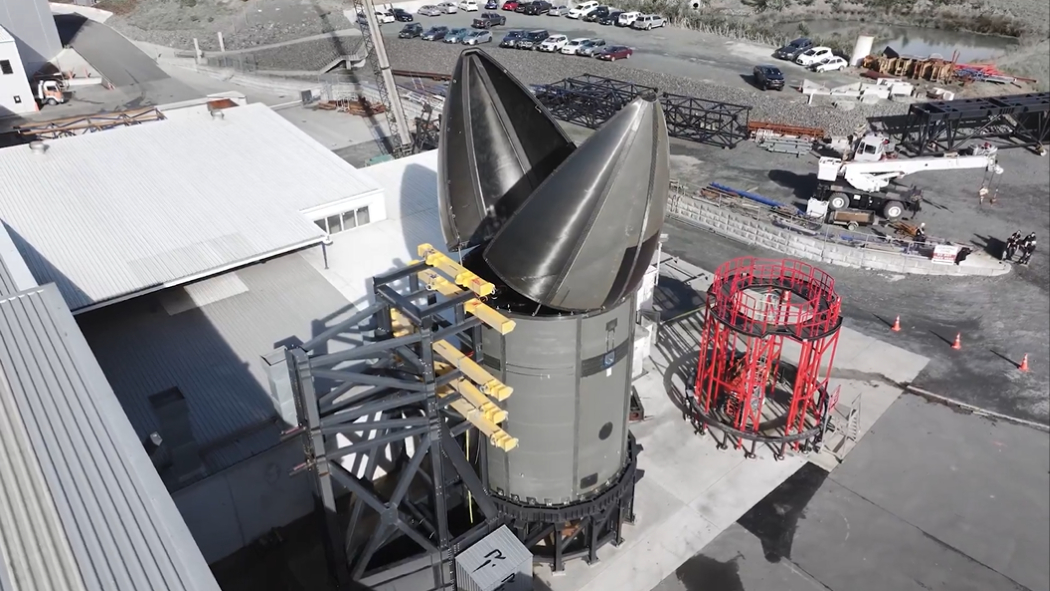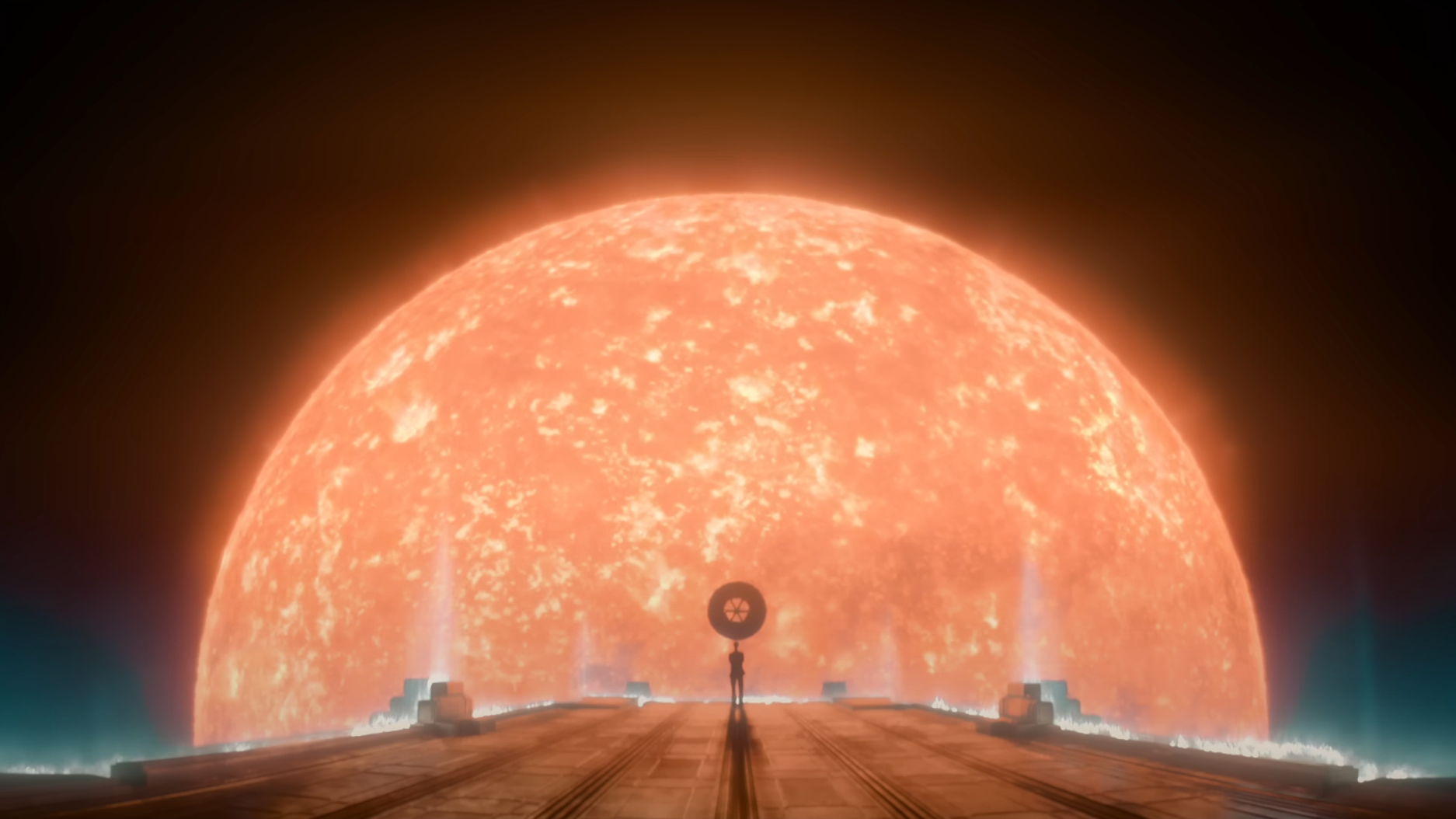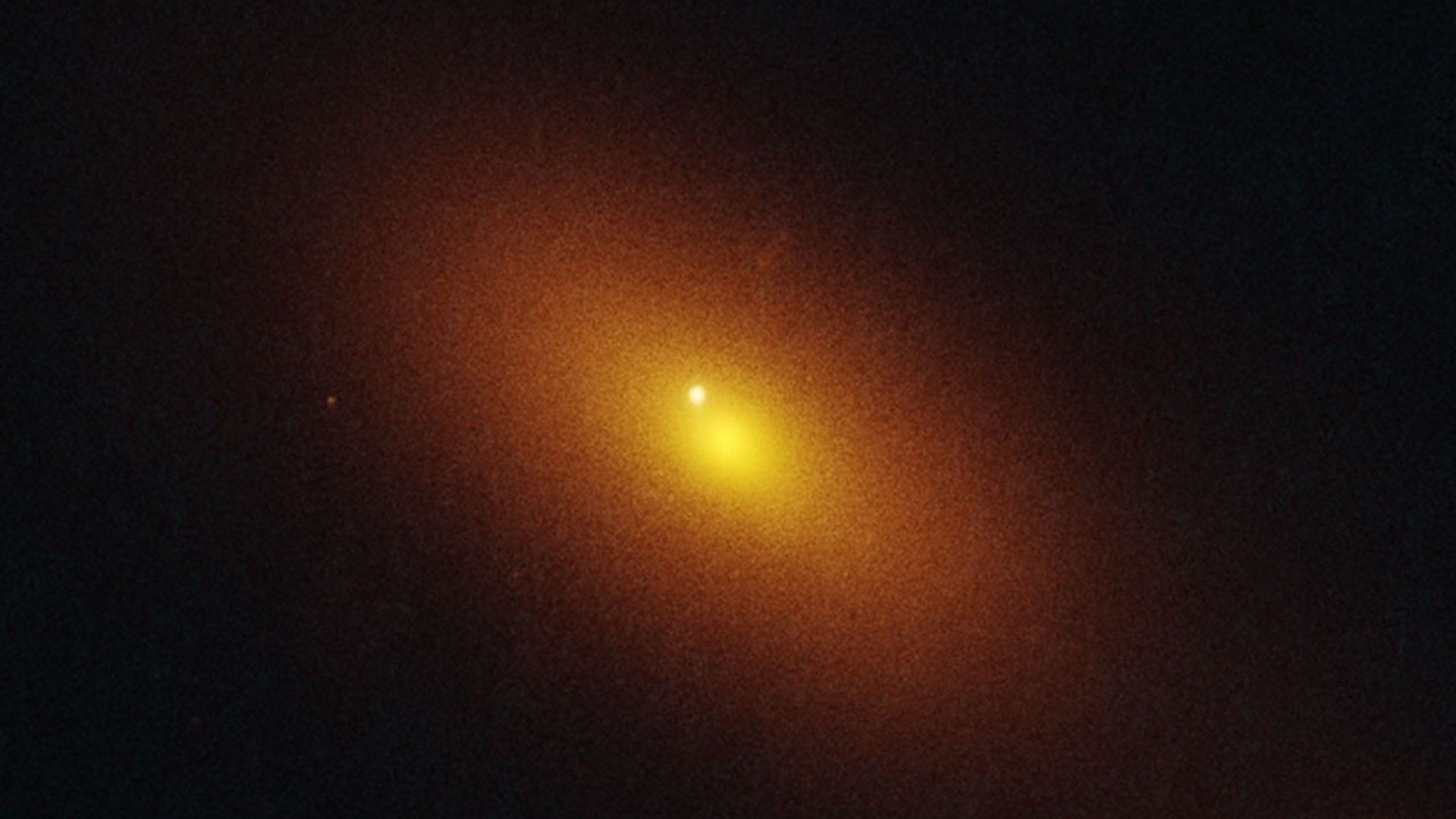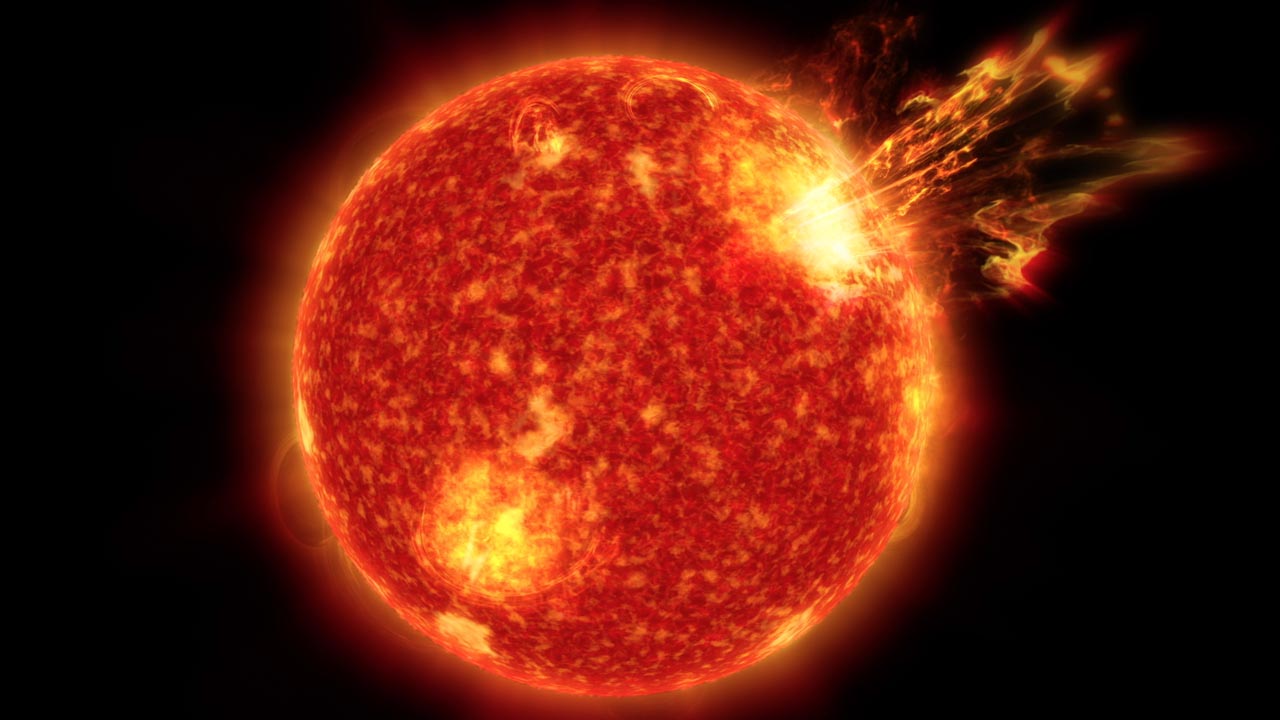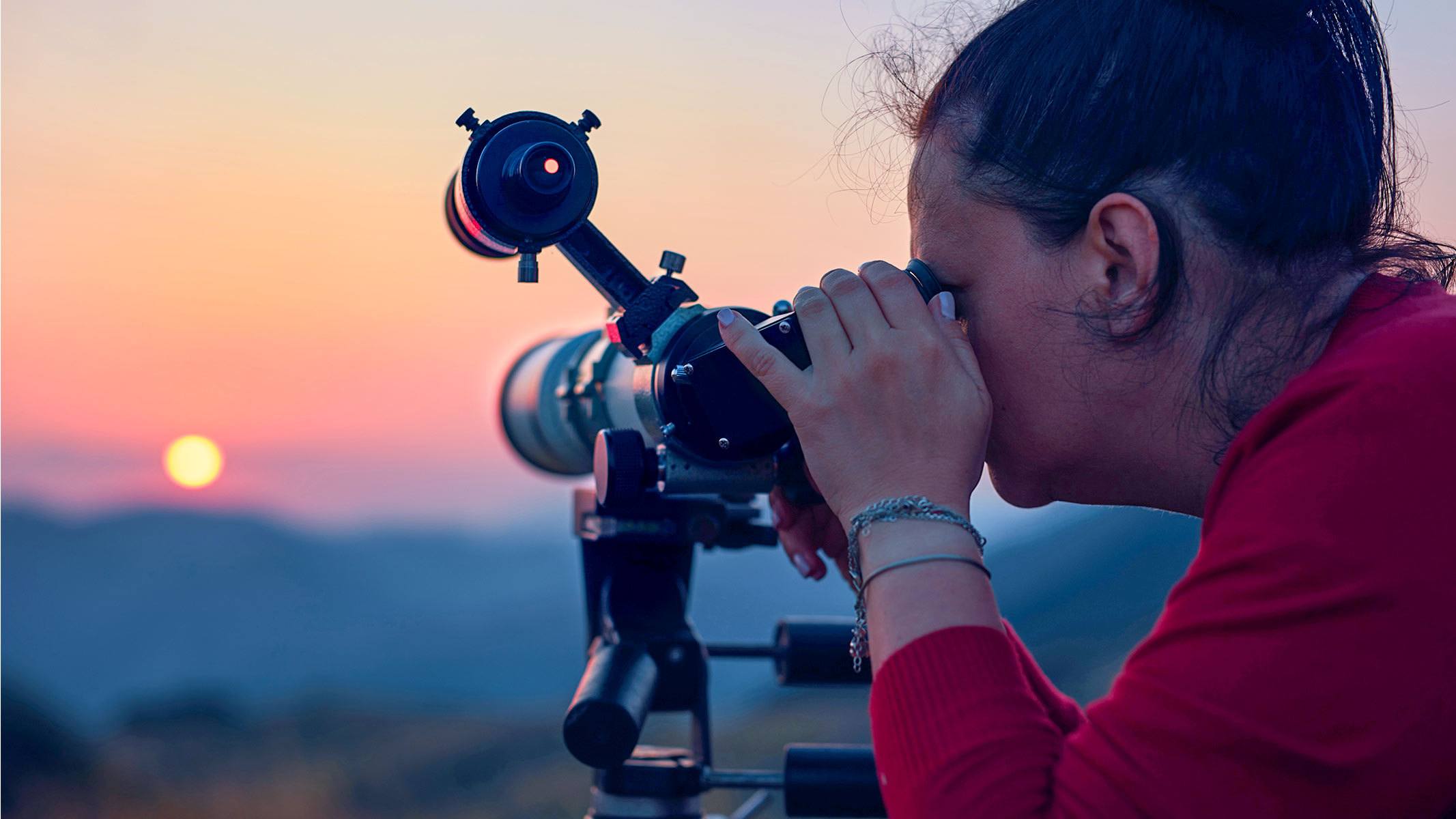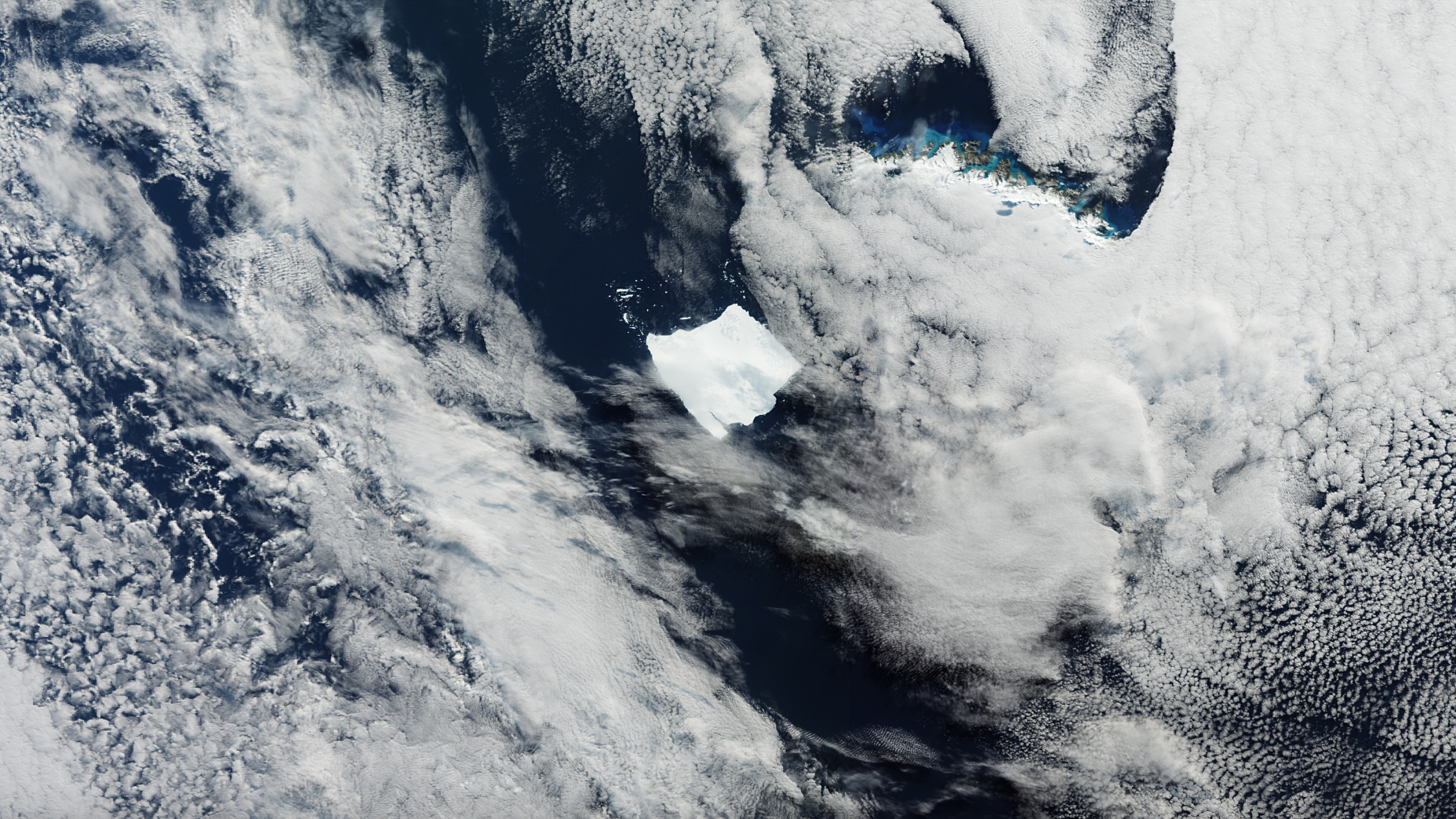Risks on Mars Mean Humans Might Want to Follow Opportunity Rover's Tracks
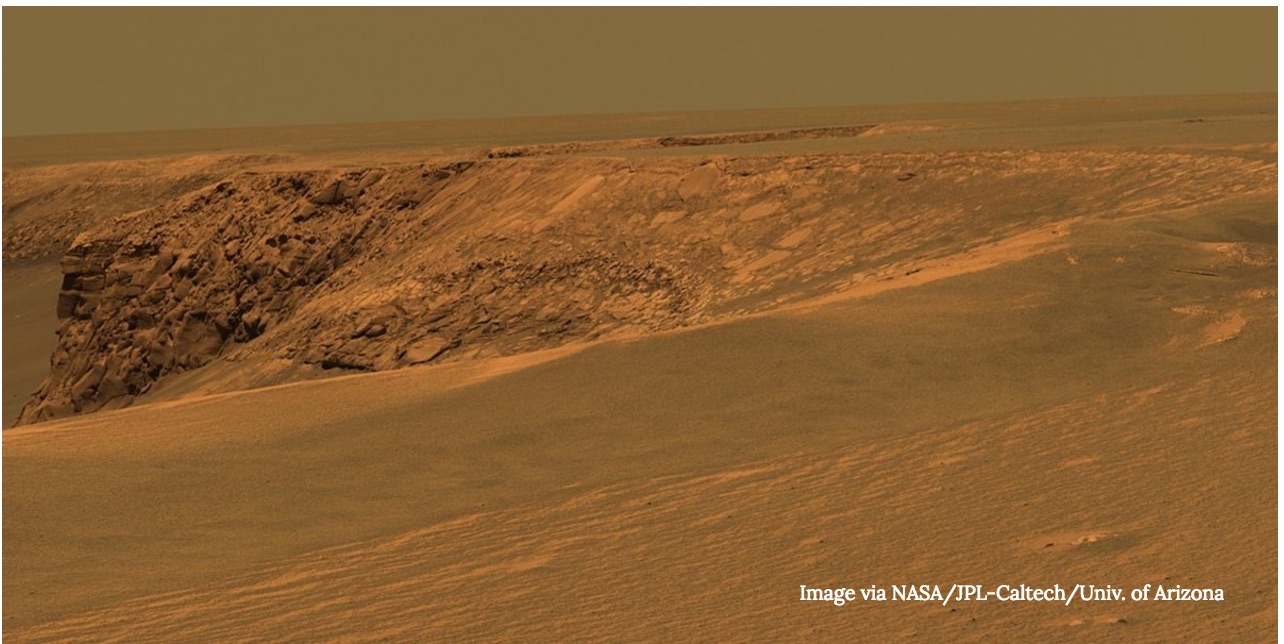
Given the risk and complication of sending humans to Mars, why not pick a spot where a robot has been?
Astronauts should roam in the most-explored area of Mars, the Meridiani Planum, argue several researchers in an article published by the journal Acta Astronautica. The rover Opportunity has driven over that terrain for more than 13 years and they say a location in the southern part of the zone is ideal for human exploration.
"Meridiani Planum is a good exploration site," lead author Jon Clarke, president of the Mars Society Australia, said in an e-mail. An expert in carbonate sedimentology and paleoecology, Clarke researches both analogs to Mars exploration and good places to explore on Mars.
"It's safe, with large, smooth, and flat areas for landing sites and for setting up a station, and easily drivable surfaces," he said. "We have good information already from the Opportunity rover, which has ranged for over [28 miles] across the area."
The rover has found abundant evidence of ancient water in the area both from rock formations and rock composition. It's just one of many points on Mars that NASA is studying to learn more about potentially habitable environments.
"It has potential water resources in the form of abundant water-bearing sulphate minerals which can be easily mined and heated to release the water needed to support the station," he said. "[Also] there are numerous sites of scientific interest within [62 miles] of the landing site."
RELATED: 'Habitable' Exoplanets Might Not Be Very Earth-Like After All
Get the Space.com Newsletter
Breaking space news, the latest updates on rocket launches, skywatching events and more!
Ancient salt lake deposits, evidence of hydrothermal activity, craters of varying ages, shoreline deposits, and ancient river valleys and river deposits are among the sits of interest, according to Clarke. Some of the oldest rocks on Mars lie within the Meridiani Planum, dating from when the Red Planet and Earth were very similar, he said.
The region also hosts several sites of interest identified in a NASA-sponsored workshop in 2015 to find potential human landing sites on Mars. Researchers in the workshop identified 47 zones for human exploration, all within a pretty close range of the equator. Several of these zones fell within Meridiani Planum.
"The paper shows the area we prefer for a landing site, but you could probably land almost anywhere within the [100-mile] diameter exploration zone, the exception being the steep crater rims," Clarke said. "Furthermore, you could probably land with equal advantage several [hundred miles] to the east and west and still cover many of the same features. The advantage of the site we have chosen is that it is close to the area explored by the Opportunity rover, so we have ground truth for the region."
The forthcoming Mars 2020 rover might yield other suggestions for human exploration. It will survey one of three preferred areas, including Gusev Crater, which Opportunity's twin rover, Spirit, previously explored, Jezero Crater, and NE Syrtis.
RELATED: Mars 2020 Could Return to Where NASA's Spirit Rover Roamed
Clarke said that whatever area the human mission eventually explores he's pretty sure a robotic mission will have been there before.
"We identified 19 regions of interest in our exploration zone," he said. "Each of these is roughly equivalent to what would be explored by an unmanned mission, except that the crewed mission would be able to study each one in much greater depth."
He added that whenever humans land, there will be no time delay for human interaction with the surface — as opposed to dealing with an average 20-minute wait between Mars and Earth for communications — and people can make real-time decisions looking at things up close.
There are no firm plans to send humans to the surface of Mars. SpaceX founder Elon Musk hopes to start a colony there in the 2020s, while NASA is hoping to send humans there around the 2030s.
Originally published on Seeker.
Join our Space Forums to keep talking space on the latest missions, night sky and more! And if you have a news tip, correction or comment, let us know at: community@space.com.

Elizabeth Howell (she/her), Ph.D., was a staff writer in the spaceflight channel between 2022 and 2024 specializing in Canadian space news. She was contributing writer for Space.com for 10 years from 2012 to 2024. Elizabeth's reporting includes multiple exclusives with the White House, leading world coverage about a lost-and-found space tomato on the International Space Station, witnessing five human spaceflight launches on two continents, flying parabolic, working inside a spacesuit, and participating in a simulated Mars mission. Her latest book, "Why Am I Taller?" (ECW Press, 2022) is co-written with astronaut Dave Williams.

